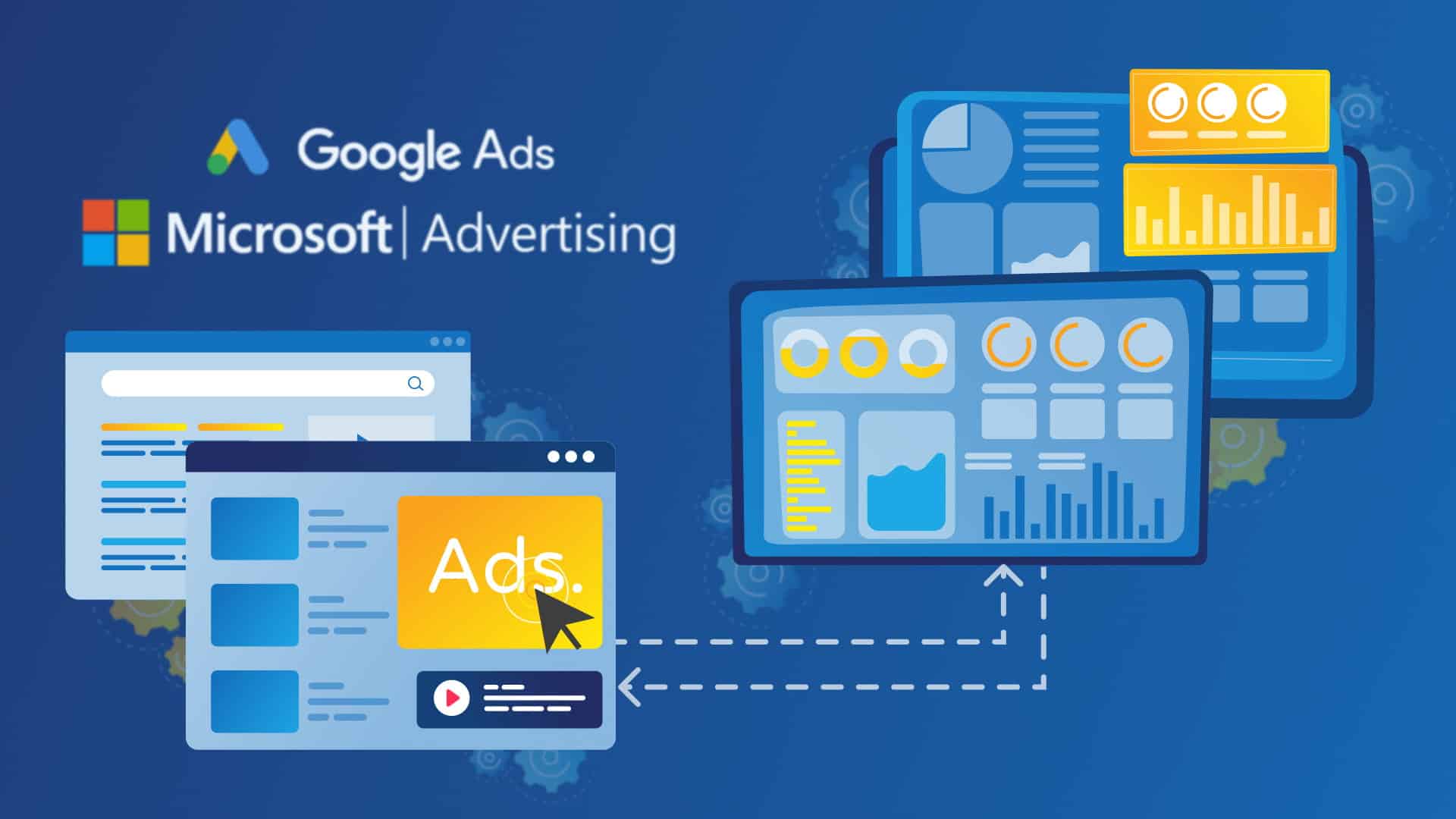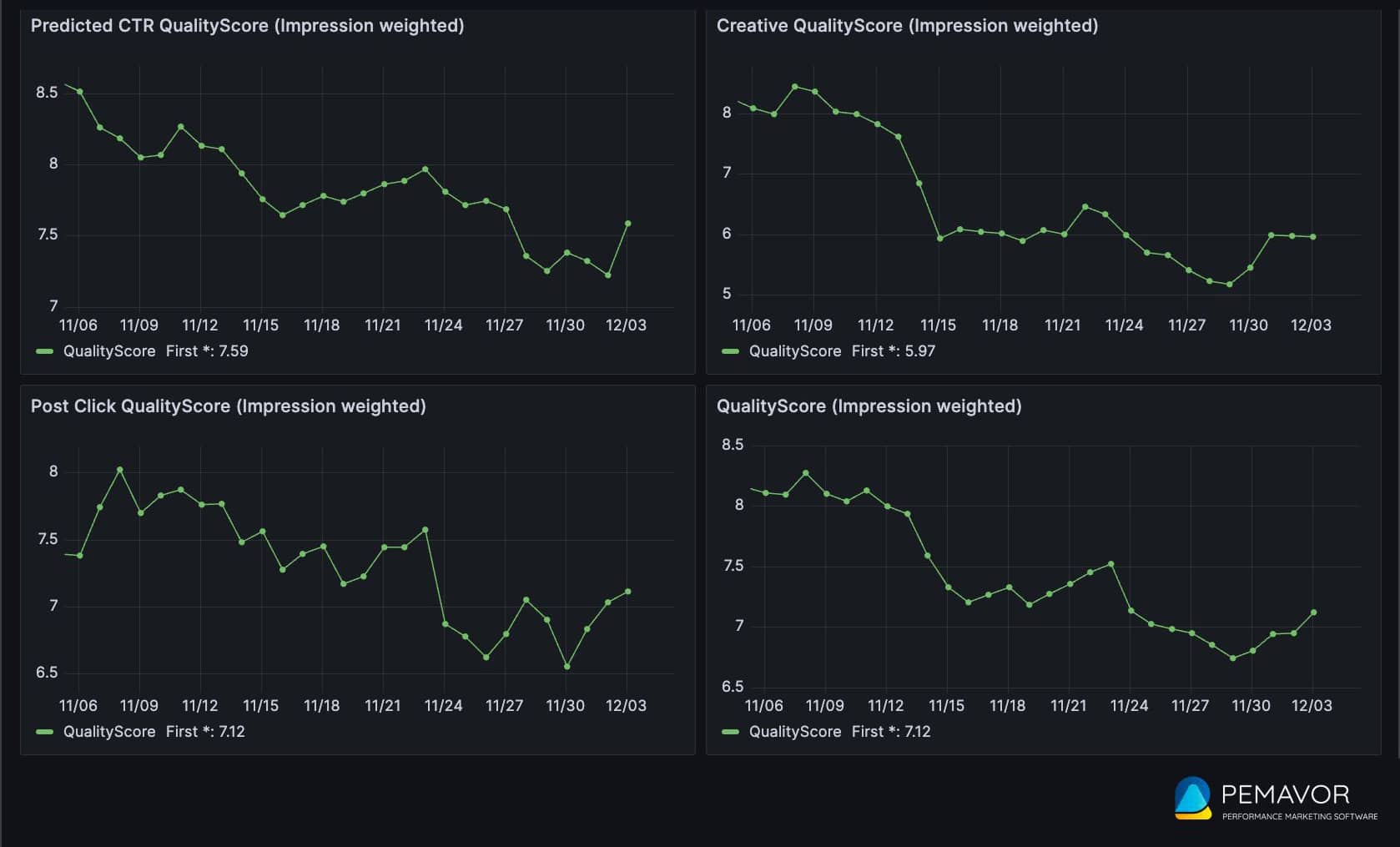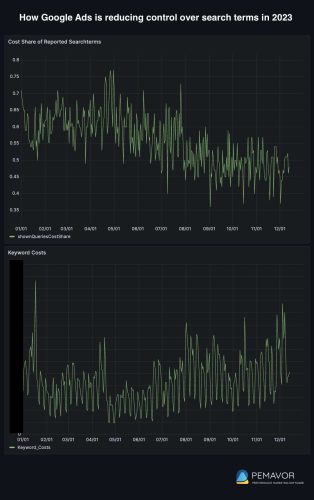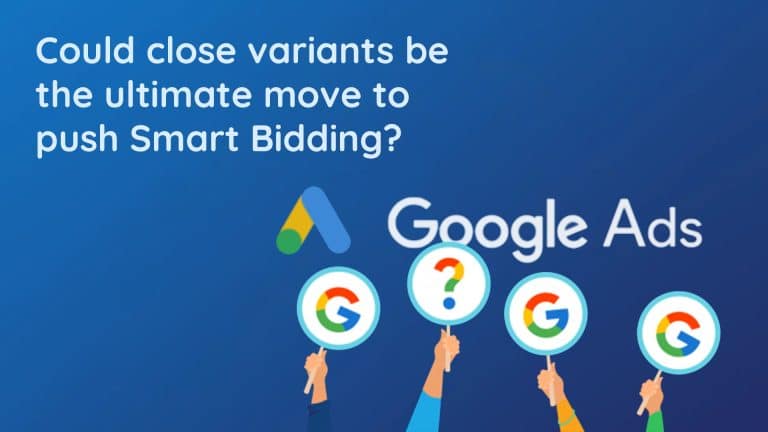Data now guides all our decisions. Acting without data, especially when monitoring ad campaigns, is like shooting in the dark.
Whatever data you have for a company and what you think is good, you’ll benefit from this data. However, as a company grows and teams get bigger, inefficiencies come up in this disconnected ecosystem. The solution to this issue is to transition to a centralized service as a company.
Grafana is your key for centralized monitoring and consistent observability experience.

What is Grafana?
Grafana is an open-source platform renowned for its efficiency in displaying and monitoring complex data sets. It provides the ability to manage a huge number of data sources for metrics in one center. Teams can easily find each other’s dashboards and visualizations. Besides, it’s super easy to create, explore, and share all the data through eye-catching dashboards.
By leveraging Grafana, one can not only monitor but also analyze and visualize data in real-time, which is invaluable for adjusting strategies swiftly.
Grafana supports three types of plugins: Panels (Pie charts, world map panels), data sources (Google BigQuery, Google Sheet), Apps.
Moreover, Grafana’s users also highlight Grafana’s global community power. One of them, Adform, says “With the help of the active community, we’ve never had issues of getting stuck. Everything is just simple. We don’t run into roadblocks with Grafana.”

Why should you use Grafana?
- It unifies diverse data dashboards for visualizing diverse data sources, from cloud services to Google Sheets.
- The platform transforms any data into tailored dashboards with unmatched customization and flexibility.
- Grafana makes data access easy for everyone in organizations.
- User-friendly dashboards are at its core, simplifying data exploration and enhancing team collaboration.
How to integrate Google Ads into Grafana
Google Ads enables enterprises to establish connections with specific audiences, thereby enhancing brand recognition and generating leads. Its efficient ad campaign management eases increased sales.
Moreover, by integrating Google Ads into Grafana, you can make tracking of advertising campaigns more effective and reduce human error.
By taking advantage of Google Ads’ reporting and analysis tools, you can track metrics such as impressions, clicks and revenue directly from Grafana. As a result, you can make more strategic decisions about ad placement, ad types and campaign strategies.
The ways to connect Google Ads to Grafana:
- Through a proper Google Ads data connector. Just make sure the Grafana you use supports plugins and extensions.
- Create a custom API and script-based solution to transfer data from Google Ads to Grafana.
- Sync Google Ads data with Grafana using a third-party integration tool for automated import and visualization.
- Export Google Ads data to CSV and import into Grafana with a suitable plugin.
Monitor with scripts
You can also monitor your Google Ads Script automations by sending its return status or check if it was running at all. Are all offline conversion imports running as they should? The list gets bigger and bigger of things that might break and affect the PPC System. Monitor it.
Let’s share a real-world example of how an alerting task can look: Different Bidding Strategies can end up in incredibly high CPCs.
⛔ The problem: High CPC Peaks are hidden most of the time in the average numbers in the Google Ads UI. Most of the people don’t know and don’t take action.
✅ The solution: Some SQL on SearchQueryStats and KeywordStats with all available segments to get the maximum CPCs as granular as possible on a daily basis. Maybe you consider setting some maximum bid limits to your bidding strategies after seeing that perspective.
Side effect: Whenever the CPC peak was found on keyword segments, the search term was hidden by Google when things get more evil over time.
You can trigger alerts that can be distributed to Slack or other destinations.
Create triggers to eliminate human errors
Setting a trigger for a workflow automates the process and enhances efficiency and consistency. Automated triggers ensure that tasks begin at the right time or in response to specific events. This is especially useful for tasks that need to occur at regular intervals or in real-time, like data entry or system updates. This leads to better resource management, eliminates human error, and allows for easier scalability as the workload or system complexity increases.
Monitor how the system of Google Ads is changing over time
What is going on with the search term matching and the transparency of the reporting Google is providing to us?
One of the biggest revenue sources for Google right now is the matching threshold between search terms and keywords. If the threshold is lowered, the competition in auctions will raise (higher CPCs in existing auctions), and Google will make money with incremental clicks on keywords where no ads were shown before.
For that reason, I monitor daily the costs that can be explained with the search term reports in relation to the total costs at keyword level (see screenshot below).

So what’s changed during 2023?
✅ At the beginning of the year, cost coverage in search term reports was around 65%.
✅ In August, this number dropped below 55% on average. The trend is going down even more.
✅ Surprise, Surprise: Without touching the keyword set, the spendings increased starting in August in combination with raising CPAs.
✅ Conclusion 1: If Google is hiding search terms because of privacy issues (not many people have clicked on that query yet), the extra costs will start in August. This will happen because there will be many new queries with fewer observations. Also, the threshold for matching words might change.
✅ Conclusion 2: If Google’s market share as a search engine is not increasing, and the number of transactions for your industry in the “system” stays the same, every change in matching thresholds will increase your CPAs.
Need a help?
If integration seems complicated and looking for customizable solutions for your business, you can contact us. We’ll be happy to find out a unique way.




